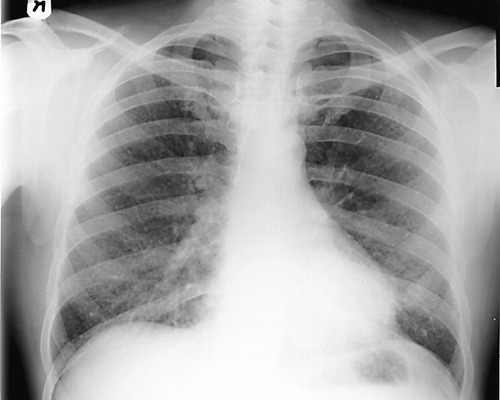One writer described rules issued by the U.S. Occupational Safety and Health Administration as the awkward children of safety regulators who seem to want to prevent every paper cut and twisted ankle, and business owners, who care about making money and nothing else.
OSHA’s updated permissible exposure limit for crystalline silicate is the latest major standard to be adopted, with enforcement for the construction industry set to start in June 2017. In many ways, it is the image of an ungainly child.
The costs and compliance issues will be formidable. And OSHA inspectors, like so many federal rule-enforcers, can be expected to write hundreds of citations in the regulation's first year while they bypass other, older safety rules.
Despite contractor associations’ existing litigation to stop enforcement, it’s time to focus on compliance. No doubt some employers already are preparing to do that.
When all construction employers finally do focus on meeting the dramatically lower permissible exposure limit (PEL) of 50 micrograms per cu meter of air over an eight-hour period—half the level permitted under the former standard for general industry—construction will have taken another important step forward.
For decades, the industry has shown a resourcefulness and resilience in safety standard compliance. Injury rates have tumbled since the mid-1990s, and exposure to high silica levels has been dramatically reduced under the current standard.
Once casually referred to as “grinder’s asthma,” silicosis can generate symptoms over years—well into a laborer’s or mason’s working career—and become a painful, disabling condition.
Safe-Harbors in Silica Dust Rule
Equipment manufacturers are likely to take advantage of the new regulation’s “safe harbor” provisions, which allow an employer to meet the standard if dust-control equipment is deployed, with no need to spot-check the ambient silica levels. But for many employers, there will be no immediate economic payoff in lowering the exposure levels as there often is with injury and accident prevention.
Even so, there are more dust-friendly tools available today than ever in the past, making it easy and affordable for crews to get on board dust prevention.
Unfortunately, we still see too many masonry workers doing nothing—not even wearing basic masks as they grind away during tuck pointing—which really is something that should be stopped. Wet sanding is how the industry got away from lead exposure during painting rehab projects, and we now are seeing wet grinding and dust extraction as ways crews can reduce their exposure to silica dust.
We agree with one claim made in the oceans of commentary OSHA has collected on the rule: that it probably isn't technically or economically feasible for all employers in all circumstances. Yet, the agency has built in some compliance flexibility, and we agree with some New York state contractors that, in their commentary, conceded the rule was “more friendly than some recent standards.”
Once a new standard is adopted and enforcement begins, however, what happens between employers and OSHA inspectors is usually an impersonal regulatory transaction that has little to do with feasibility or friendliness.
But the potentially far-reaching impact of silicosis means that compassion for workers shouldn’t begin with the groundbreaking and end with the certificate of occupancy. What passes into the lungs of tunnel workers, grinders, masons and equipment operators will be a lifetime concern for those who contract the disease, colleagues who watch their suffering, and employers who may end up paying the costs. The right thing to do is to make sure jobsites are compliant.
Employers, we suspect, will gradually embrace the new rule and even exceed it—and we are optimistic that silica exposures at U.S. construction workplaces will be left to labor histories of the 20th century.

